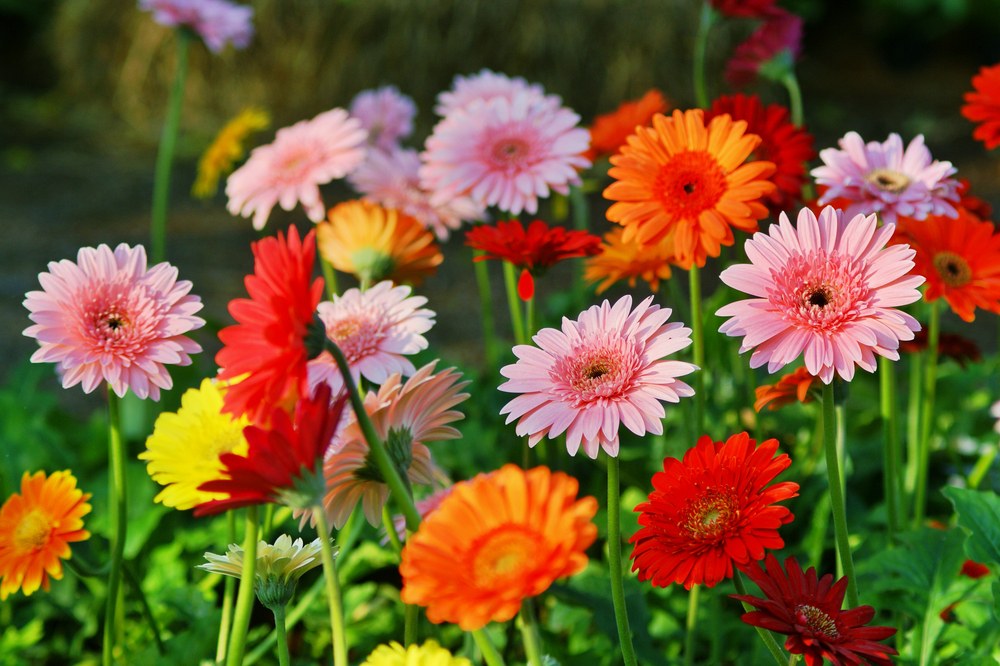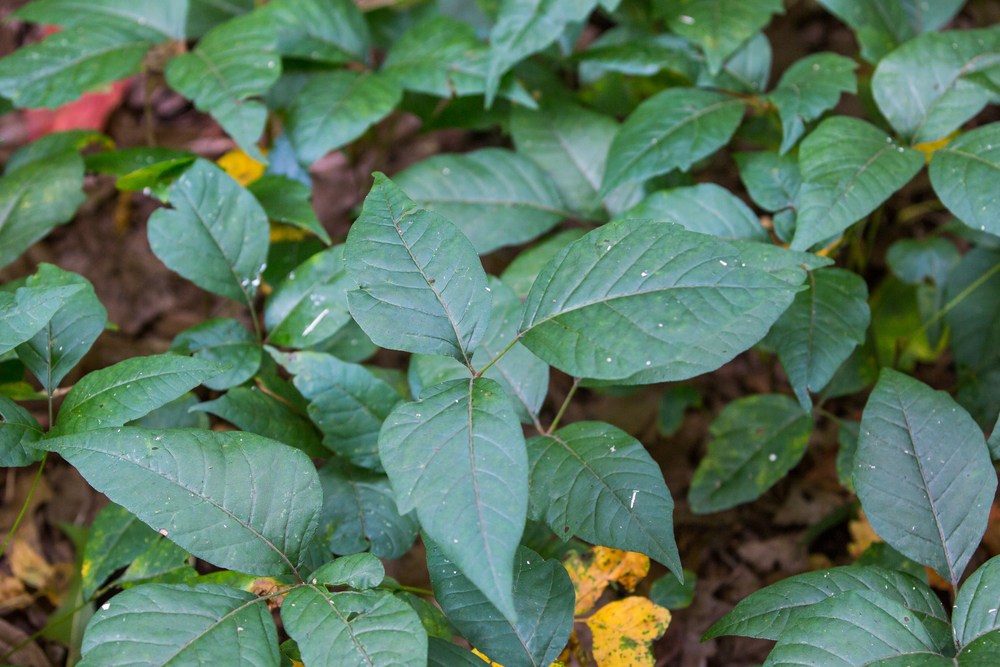
Hostas are a popular and versatile perennial plant, known for their beautiful foliage and shade tolerance. With a vast array of varieties, colors, and sizes to choose from, they can be a stunning addition to any garden.
To keep these leafy beauties thriving, it’s essential to properly fertilize them throughout the growing season. In this article, we’ll delve into the best tips for fertilizing hostas, ensuring your plants stay healthy and vibrant.
While hostas are relatively low-maintenance, proper fertilization is a crucial aspect of their care.
Providing the right balance of nutrients can promote lush, disease-resistant leaves and more vigorous root growth.
By understanding the specific needs of your hostas and their optimal fertilization schedule, you can create a stunning garden display that not only catches the eye but also provides a sanctuary for beneficial pollinators.
Types of Fertilizers for Hostas
Hostas are popular perennials known for their attractive foliage, and they require proper fertilization to maintain their health and appearance.
When it comes to fertilizing hostas, gardeners have two main options: organic and inorganic fertilizers. In this section, we’ll discuss both types and their advantages.

Organic Fertilizers
Organic fertilizers are derived from natural sources, such as plants, animals, or minerals. They are often considered more environmentally friendly and can provide additional benefits to the soil, such as improving its structure and fertility. Some organic fertilizer options for hostas are:
- Compost: Compost is decomposed organic matter, usually made from garden and kitchen waste. It provides a slow-release of nutrients and can help improve soil texture.
- Manure: Animal manure, particularly from cows or horses, can be a rich source of nutrients for your hostas. Be sure to use well-rotted manure to avoid burning plant roots.
- Bone meal: This organic fertilizer is high in phosphorus, which is essential for root development and overall plant health.
Inorganic Fertilizers
Inorganic fertilizers are synthetically produced and typically provide nutrients to plants more quickly than organic options. They can be useful for a more immediate boost in growth or correcting specific nutrient deficiencies. Some inorganic fertilizer options for hostas are:
- Granular fertilizers: These are slow-release fertilizers that can be applied around the base of the hosta plants. Look for a balanced formula, such as 10-10-10 (N-P-K), to provide an even supply of essential nutrients.
- Water-soluble fertilizers: These fertilizers dissolve in water and can be applied directly to the plant’s foliage or used to water the soil around the hostas. They are fast-acting and can be adjusted to target specific nutrient needs.
When choosing between organic and inorganic fertilizers for your hostas, consider the advantages of each type and select the option that best aligns with your gardening goals and preferences.
When to Fertilize Hostas
Hostas are beloved for their lush foliage and shade-loving nature, making them a popular choice for many gardeners. To help your hostas thrive, it’s essential to know the proper timing for fertilizing.
In this section, we will discuss the best times to fertilize hostas, including early spring, late spring, and early summer.

Early Spring
Fertilizing hostas in early spring provides them with the essential nutrients they need to support new growth. As the soil begins to warm up and hostas emerge from dormancy, a slow-release granular fertilizer can be applied. This type of fertilizer will gradually release nutrients over an extended period, allowing hostas to benefit from it throughout the entire growing season. Aim to fertilize when you first notice their leaves poking through the ground.
Late Spring
If you missed the opportunity to fertilize your hostas in early spring, there’s still time to provide them with the necessary nutrients in late spring. During this time, you can use a water-soluble fertilizer or a balanced slow-release fertilizer to promote further growth. By fertilizing in late spring, you ensure that your hostas receive sufficient nutrients for healthy foliage development and resilience against pests and diseases.
Early Summer
Although early spring and late spring are the ideal times for fertilizing hostas, an application in early summer can provide a final boost to their growth. By this time, hostas should have already developed a strong root system, but they can still benefit from the extra nutrients to maintain their vigor. However, be cautious not to over-fertilize, as excessive fertilizing can lead to excessive growth and make plants more susceptible to pests and diseases.
Remember, when fertilizing hostas, it’s crucial to follow the product instructions and avoid applying too much fertilizer. With proper care, your hostas will reward you with their beautiful foliage and enhance the overall appeal of your garden.
Fertilizer Application Techniques
Hostas are popular, attractive plants that thrive with proper care and fertilization. Here are some techniques to apply fertilizers effectively.

Top Dressing
Top dressing is a popular method for applying fertilizer to your hostas. It involves spreading the fertilizer on the soil surface around the plants. This technique benefits the plants by gradually releasing nutrients into the soil as they are watered or as rain falls.
- Begin by gently loosening the soil around your hosta plants to ensure the nutrients can penetrate the root zone.
- Spread a balanced general-purpose fertilizer at the recommended rate (usually found on the packaging) evenly over the soil surface.
- Water the plants thoroughly to help move the nutrients into the soil and the root zone.
Liquid Fertilizers
Liquid fertilizers offer a quick and efficient way to deliver nutrients to your hostas. They are simple to apply and can be absorbed rapidly by the plants.
- Mix the liquid fertilizer according to the package instructions.
- Apply using a watering can or a hose-end sprayer, making sure to cover the entire root zone of the hostas.
- Repeat the application as needed based on the fertilizer’s guidelines, usually every 4-6 weeks during the growing season.
Slow-Release Granular Fertilizers
Slow-release granular fertilizers are an excellent choice for hostas, as they provide a steady, long-lasting supply of nutrients to the plants.
- Choose a slow-release fertilizer formulated for hostas or perennials.
- Apply the granules at the recommended rate, typically in early spring and again in mid-summer.
- Gently work the granules into the soil around the hostas. Be cautious not to damage the roots.
- Water the plants thoroughly to ensure the fertilizer begins to release nutrients.
By using these friendly fertilizer application techniques, your hostas will receive the nutrients they need to grow healthy and vibrant.

Fertilizer Dos and Don’ts
Avoid Over-Fertilizing
Hostas are resilient plants and can thrive in various conditions. However, over-fertilizing can damage them. Too much fertilizer can cause excessive growth, making the plants more prone to pests, disease, and damage during winter. To maintain healthy hostas, apply fertilizer once or twice a year, preferably in early spring and mid-summer. Use a slow-release, balanced fertilizer with a ratio of 10-10-10 or 14-14-14.
Test Soil Nutrient Levels
Before applying any fertilizer, it’s essential to check your soil’s nutrient levels. Hostas typically prefer slightly acidic to neutral soil with a pH level of 6.0–7.0. Testing the soil will help you determine the best course of action for your hostas. Amend your soil accordingly based on the test results. You can use soil test kits available at gardening stores or have a professional lab do the testing for you.
Monitor Watering and Drainage
Proper watering and drainage are crucial for the health of your hostas. Over-watering or poor drainage can lead to root rot, while under-watering can cause the leaves to wilt. Hostas generally need at least 1 inch of water per week. Adjust watering based on precipitation and climate in your area.
Make sure the planting site has proper drainage to prevent waterlogged soil. If necessary, incorporate organic matter like compost into the soil to improve its structure and drainage capabilities.
By following these tips, you’ll be well on your way to growing healthy, beautiful hostas in your garden. Remember to avoid over-fertilizing, test your soil nutrient levels, and monitor watering and drainage for the best results.

Conclusion
Hostas are an attractive and low-maintenance addition to any garden. By adhering to a few essential fertilizing tips, these perennials can thrive and display vibrant foliage throughout the growing season.
To achieve optimal growth, remember to choose a balanced fertilizer with a ratio of 10-10-10 or 14-14-14. It is best to apply the fertilizer in early spring and again in mid-summer, following the manufacturer’s instructions.
Incorporating organic matter such as compost or well-aged manure into the soil can further enhance the health of your hostas. This extra step provides nutrients and improves soil structure, ensuring better water retention and effective delivery of nutrients to the plant.
Lastly, pay close attention to your hostas’ appearance. Fertilizer burn, marked by browning and wilting foliage, indicates over-application. In such cases, reduce the amount of fertilizer and ensure proper watering.
By following these simple tips, your hostas will undoubtedly flourish, providing visual appeal and a sense of tranquility to your garden.













